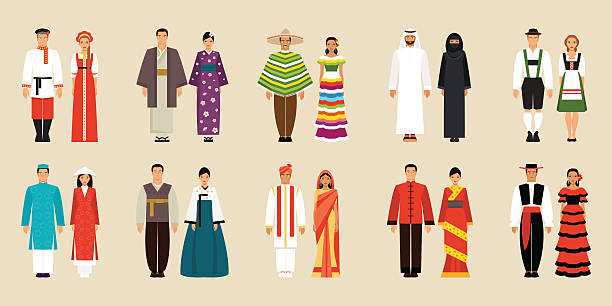
Introduction:
Welcome to the colorful and captivating world of Indian Traditional Dresses, where cultural diversity weaves together a tapestry of vibrant attire. Among the myriad of traditional ensembles, the resplendent “Chaniya Choli” stands as a symbol of grace and beauty. In this guest blog, we will delve into the rich heritage and enchanting allure of Indian Traditional Dresses, celebrating their timeless elegance and the cultural significance they hold for millions across the subcontinent.
The Essence of Indian Traditional Dresses:
Indian Traditional Dresses are a celebration of the country’s diverse culture and regional heritage. From the opulent silk sarees of South India to the intricately embroidered Phulkari of Punjab, each outfit embodies a unique story of artistry and craftsmanship. These dresses not only reflect the cultural identity of their wearers but also carry a sense of tradition passed down through generations.
The Timeless Grace of Chaniya Choli:
Among the myriad of Indian Traditional Dresses, “Chaniya Choli” holds a special place in the hearts of women, especially during festivals like Navratri and weddings. This two-piece outfit comprises a flared skirt known as “Chaniya” and a fitted blouse called “Choli.” Adorned with colorful embroidery, mirror work, and intricate detailing, Chaniya Choli captures the essence of femininity and grace.
Saree: The Epitome of Elegance:
No discussion of Indian Traditional Dresses is complete without mentioning the quintessential “Saree.” This six to nine yards of sheer elegance is draped gracefully around the body, exuding timeless charm and sophistication. With numerous draping styles across the country, the Saree is a versatile attire that is donned during weddings, festivals, and formal events.
The Majestic Sherwani and Lehenga:
Indian men’s traditional attire, the “Sherwani,” is a regal ensemble favored during weddings and formal occasions. Elaborate embroidery and rich fabrics elevate the Sherwani to the epitome of masculine elegance. On the other hand, the “Lehenga” is a luxurious skirt worn by brides, often paired with a stunning blouse and dupatta, creating a mesmerizing bridal look.
The Enchanting Salwar Kameez:
Salwar Kameez is a versatile and comfortable three-piece attire consisting of a long tunic-style top, loose-fitting trousers (salwar), and a matching stole (dupatta). This ensemble is popular across India, catering to both casual and formal occasions. With contemporary designs and traditional motifs, the Salwar Kameez perfectly balances style and comfort.
Celebrating Cultural Diversity:
Indian Traditional Dresses are an ode to the country’s rich cultural diversity. From the regal Mysore silk sarees of Karnataka to the Bandhani-printed Ghagra Cholis of Rajasthan, each region boasts its unique traditional attire. Embracing these diverse outfits not only fosters cultural pride but also promotes traditional art forms and craftsmanship.
Reviving Handloom and Weaving Traditions:
The resurgence of Indian Traditional Dresses has breathed new life into traditional handloom and weaving communities. By choosing these ensembles, fashion enthusiasts play an essential role in preserving age-old weaving techniques and supporting skilled artisans.
Modern Fusion: The Blend of Tradition and Trend:
With the evolving fashion landscape, Indian Traditional Dresses have also witnessed a fusion of traditional aesthetics and contemporary designs. Young designers and fashion houses are infusing modern elements into traditional outfits, creating a perfect blend that resonates with the sensibilities of the modern Indian.
Conclusion:
Indian Traditional Dresses stand as a testament to the country’s cultural tapestry, an embodiment of timeless elegance and craftsmanship. From the resplendent Chaniya Choli, epitomizing grace, to the majestic Sherwani and the mesmerizing Saree, these ensembles encapsulate the essence of India’s diverse heritage. As we celebrate the beauty and cultural significance of these dresses, let us continue to cherish and support the artistry that has been passed down through generations, keeping the vibrant legacy of Indian Traditional Dresses alive for generations to come.

